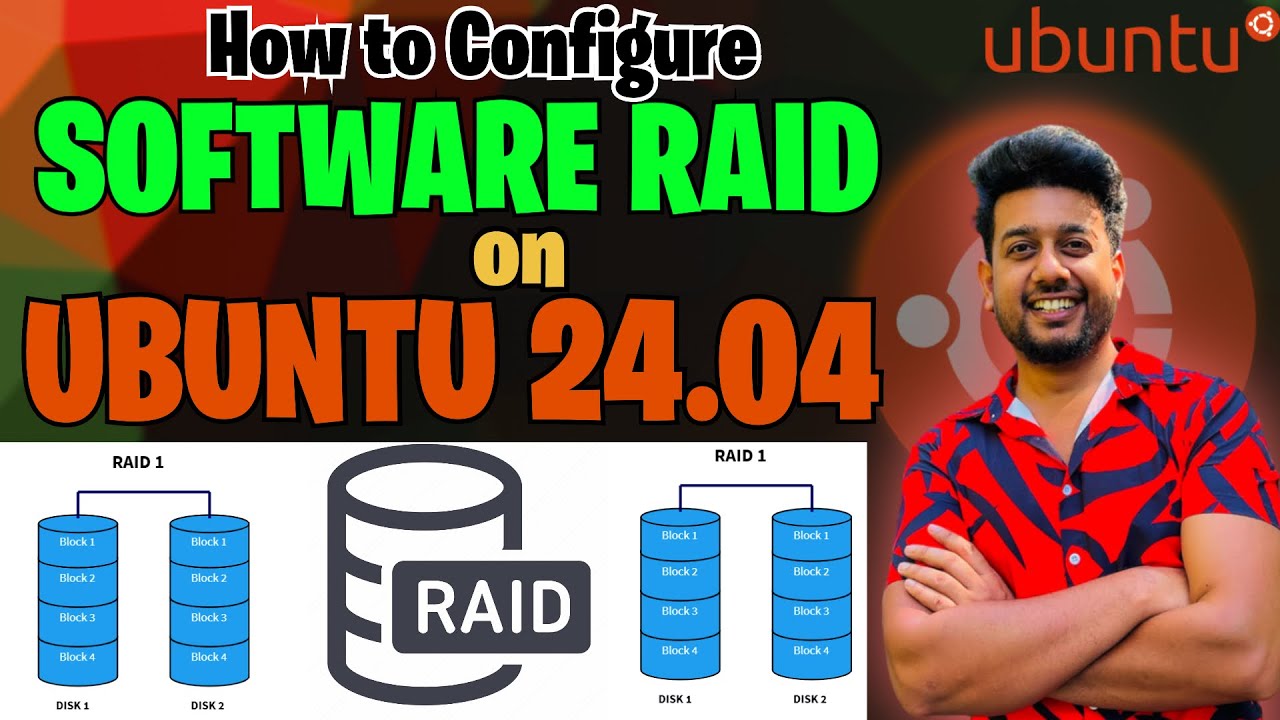Video Training
Looking to install Joomla on your Ubuntu server? This guide will walk you through setting up Joomla on Ubuntu using Apache, PHP, and MySQL. This detailed process will ensure that Joomla runs smoothly, helping you create a powerful website on your server.
1. Update Your Ubuntu Server
Before installing any software, make sure your system is updated. Open your terminal and run:
sudo apt update
2. Install Apache2 Server
Apache2 will serve as your web server, allowing Joomla to function. Install Apache2 by running
sudo apt install apache2
To verify the installation, check the Apache version with:
apache2 -v
3. Install PHP and Required Extensions
Joomla requires PHP to run, so let’s install PHP along with essential extensions:
sudo apt install php libapache2-mod-php php-mysql php-curl php-gd php-pear php-imagick php-imap php-pspell php-tidy php-xmlrpc php-xml
4. Install the Unzip Utility
You’ll need unzip to extract Joomla files. Install it by running:
sudo apt install unzip
5. Install MySQL Server
Joomla requires a database, so install MySQL Server by entering:
sudo apt install mysql-server
To access MySQL as root, use:
sudo mysql -u root -p
6. Set Up a Joomla Database
Once in the MySQL shell, create a database for Joomla and configure a user with privileges:
CREATE DATABASE joomla;
CREATE USER ‘[USERNAME]’@’localhost’ IDENTIFIED BY ‘[PASSWORD]’;
GRANT ALL ON joomla.* to ‘[USERNAME]’@’localhost’;
exit;
Note: Replace [USERNAME] and [PASSWORD] with your own database username and password.
7. Download and Extract Joomla
Navigate to your web server’s root directory, /var/www/html/:
cd /var/www/html/
Visit the official Joomla website to get the latest download link, and then use wget to download Joomla:
wget [JOOMLA’S DOWNLOAD LINK]
Extract the Joomla archive:
sudo unzip [THE NAME OF THE FILE]
Update ownership and permissions:
sudo chown -R www-data:www-data /var/www/html
sudo chmod -R 755 /var/www/html
Delete the default index.html file and remove the Joomla archive:
sudo rm index.html
sudo rm -fr [JOOMLA FILE NAME]
Restart Apache to apply changes:
sudo systemctl restart apache2
8. Complete the Joomla Installation in Your Web Browser
Now, open your web browser and enter your server’s IP address to start the Joomla setup process. Follow the on-screen instructions to configure Joomla, connecting it to the database you created.
Conclusion
By following these steps, you’ve successfully installed Joomla on your Ubuntu server. Now you can begin building and customizing your Joomla-powered website.
Tip: Regularly update your Joomla installation and server software to keep your website secure and performing at its best.




